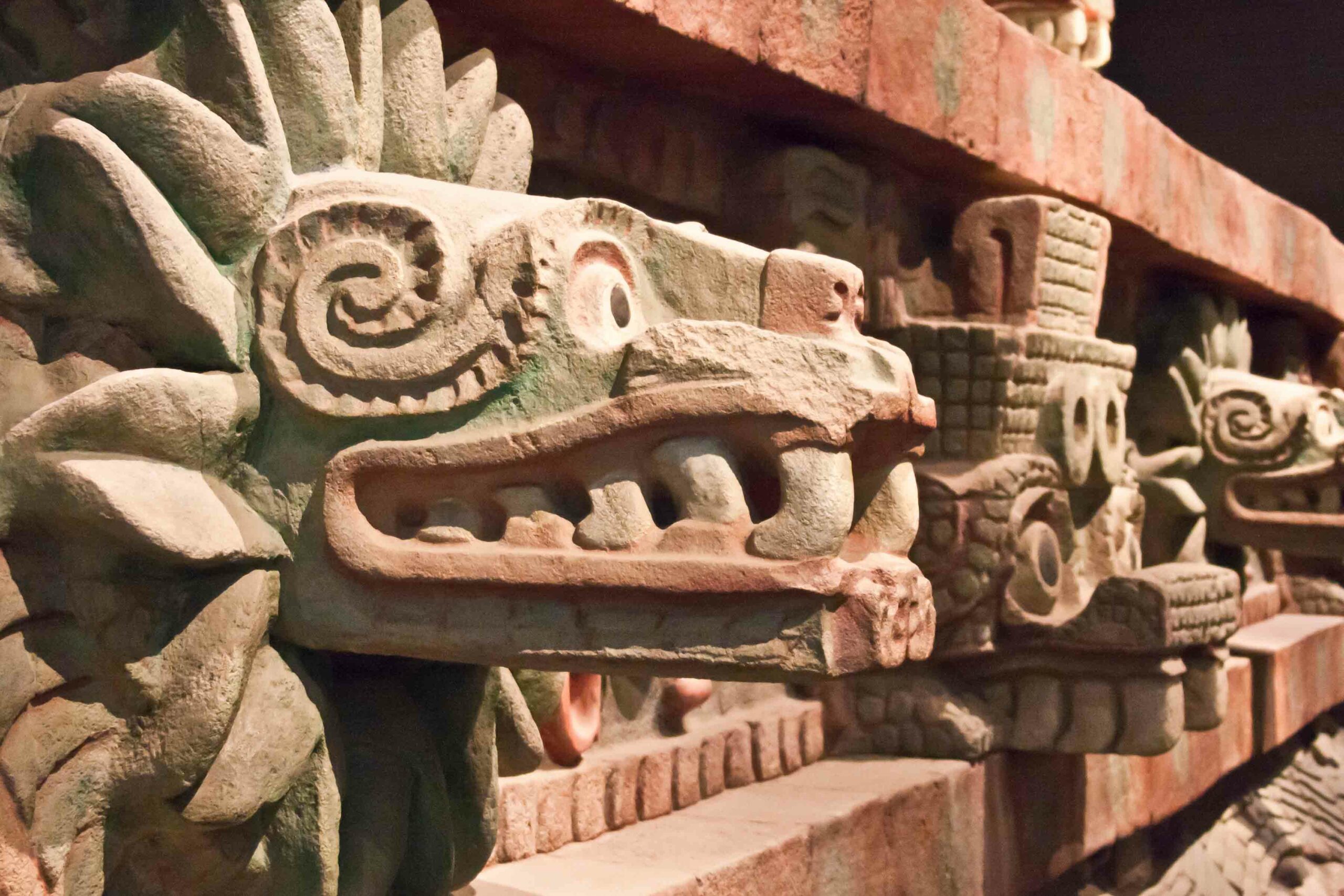Latest News
-
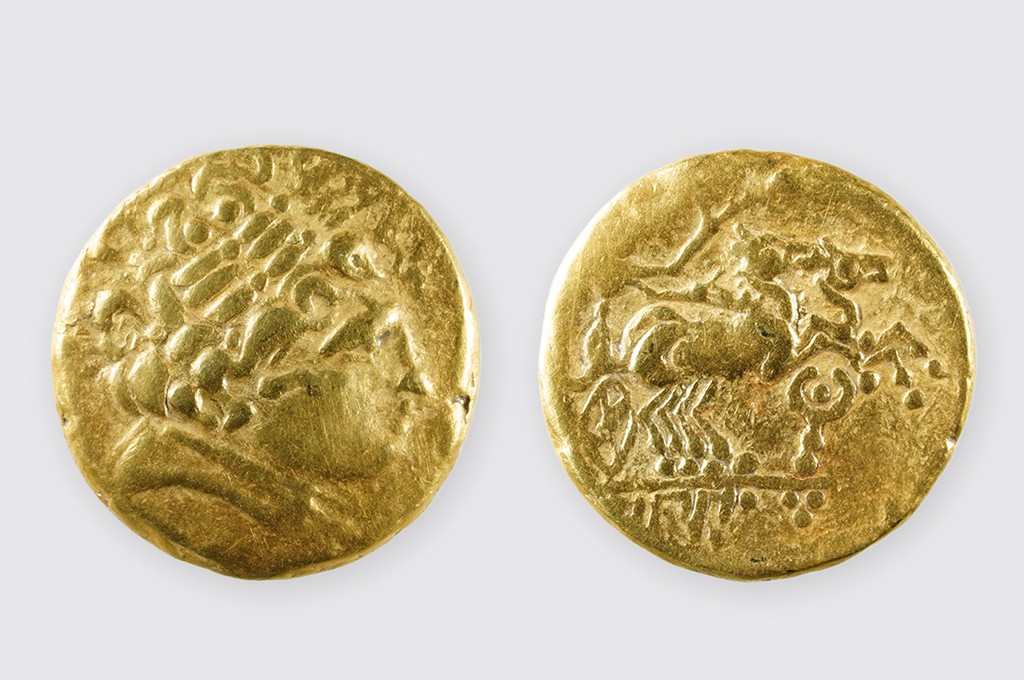 Photo: Nicole Gebhard/© Archaeology Baselland
Photo: Nicole Gebhard/© Archaeology Baselland -
 University of Cambridge
University of Cambridge -
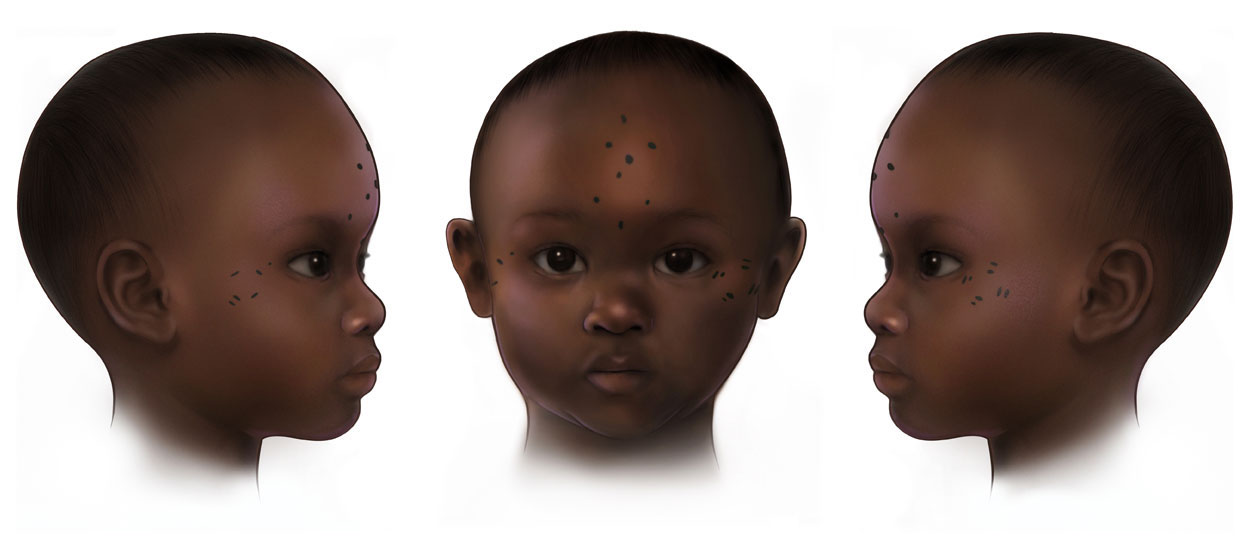 Illustration by Mary Nguyen
Illustration by Mary Nguyen -
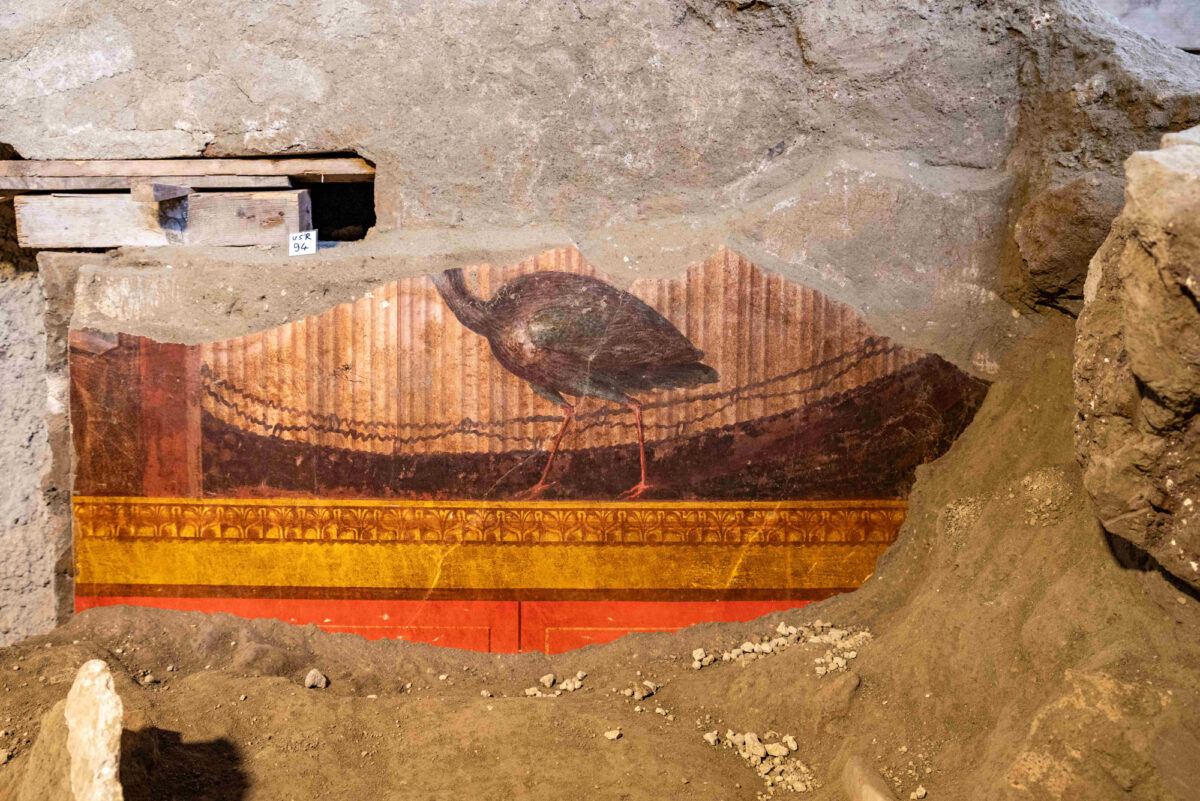 Archaeological Park of Pompeii
Archaeological Park of Pompeii
-
News December 23, 2025
Model Simulates Possible Encounters Between Modern Humans and Neanderthals
Read Article
-
 Courtesy of Face Lab at Liverpool John Moores University
Courtesy of Face Lab at Liverpool John Moores University
-

-
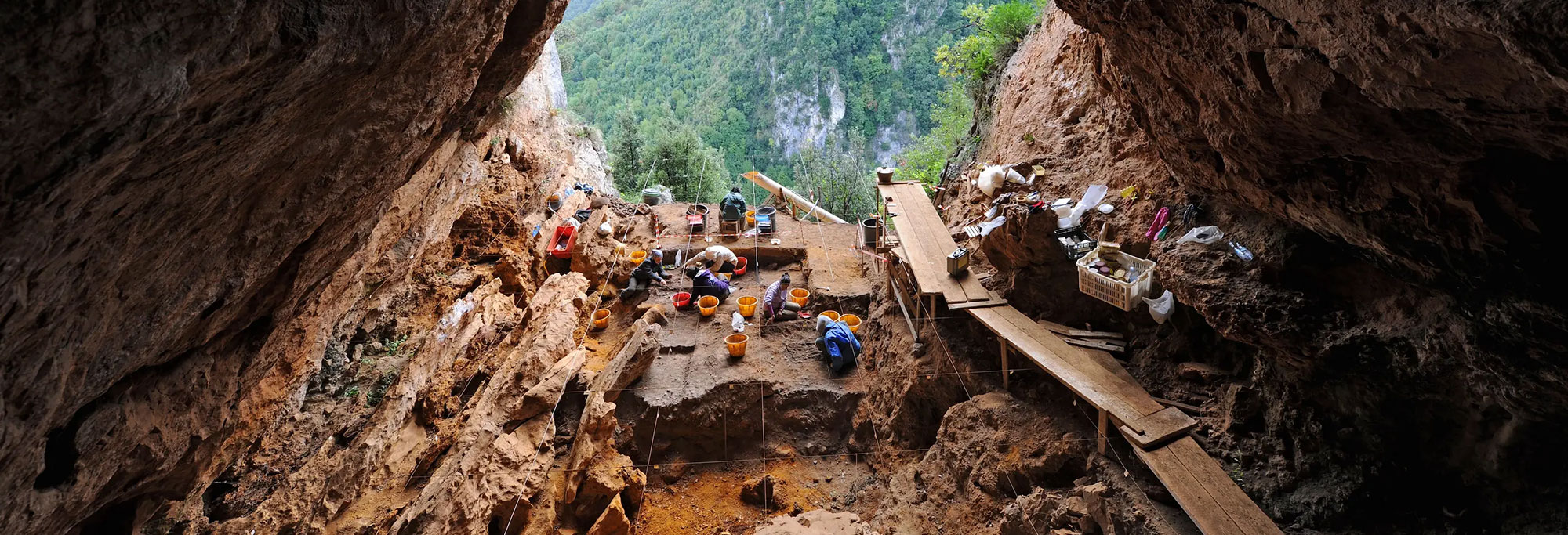 © Felice Larocca, CRS "Enzo dei Medici"
© Felice Larocca, CRS "Enzo dei Medici" -

-

-
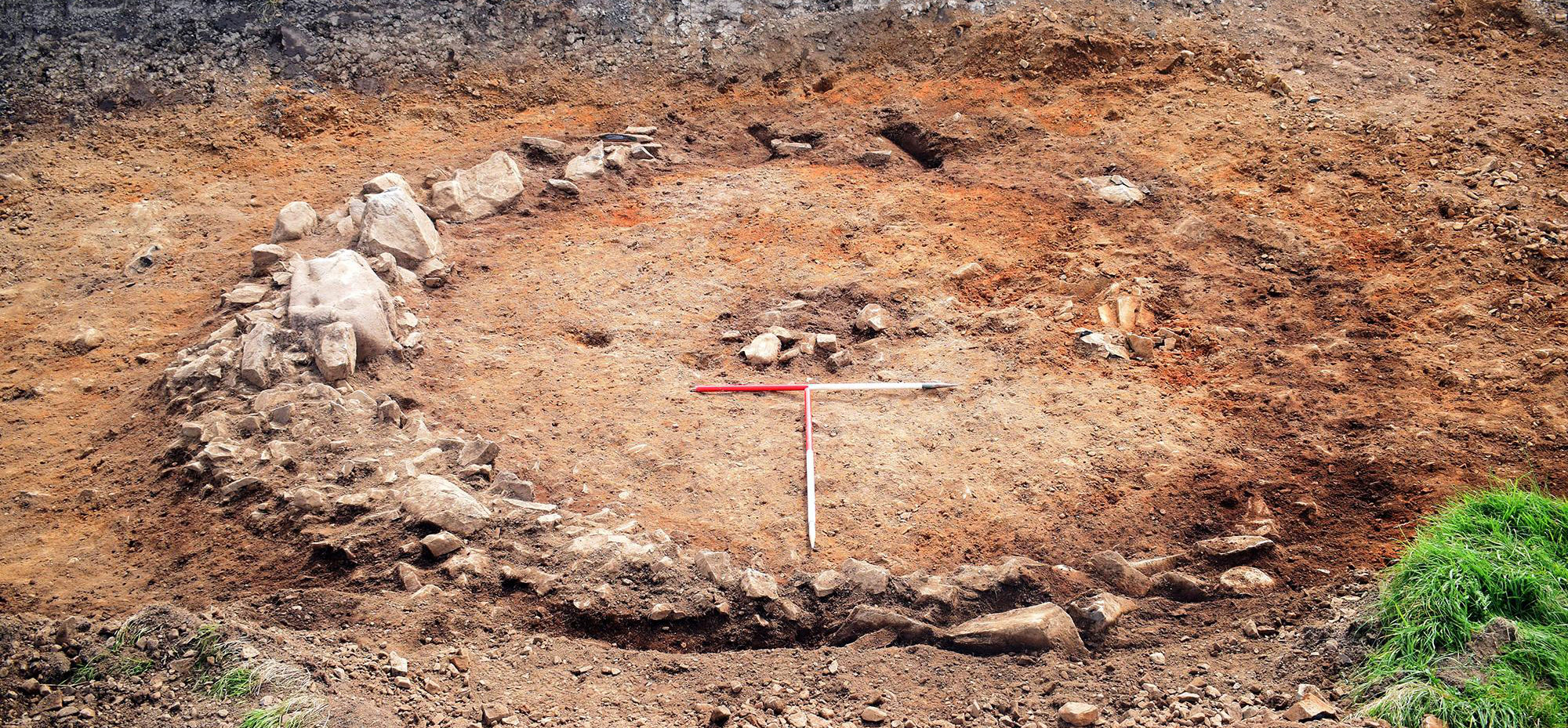 © GUARD Archaeology Ltd
© GUARD Archaeology Ltd -
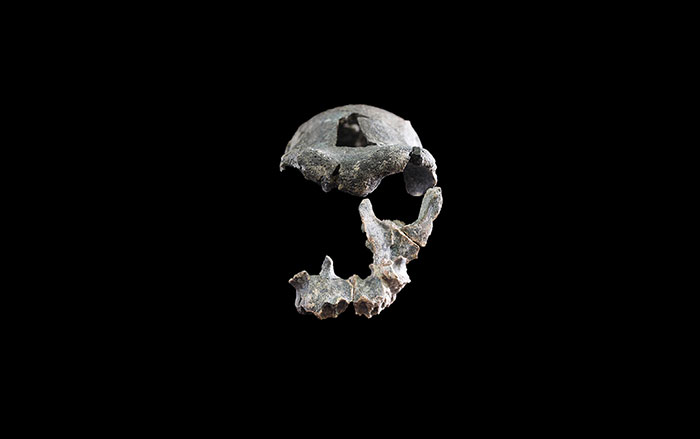 Dr. Michael Rogers
Dr. Michael Rogers -
 Archaeological Park of Pompeii
Archaeological Park of Pompeii -
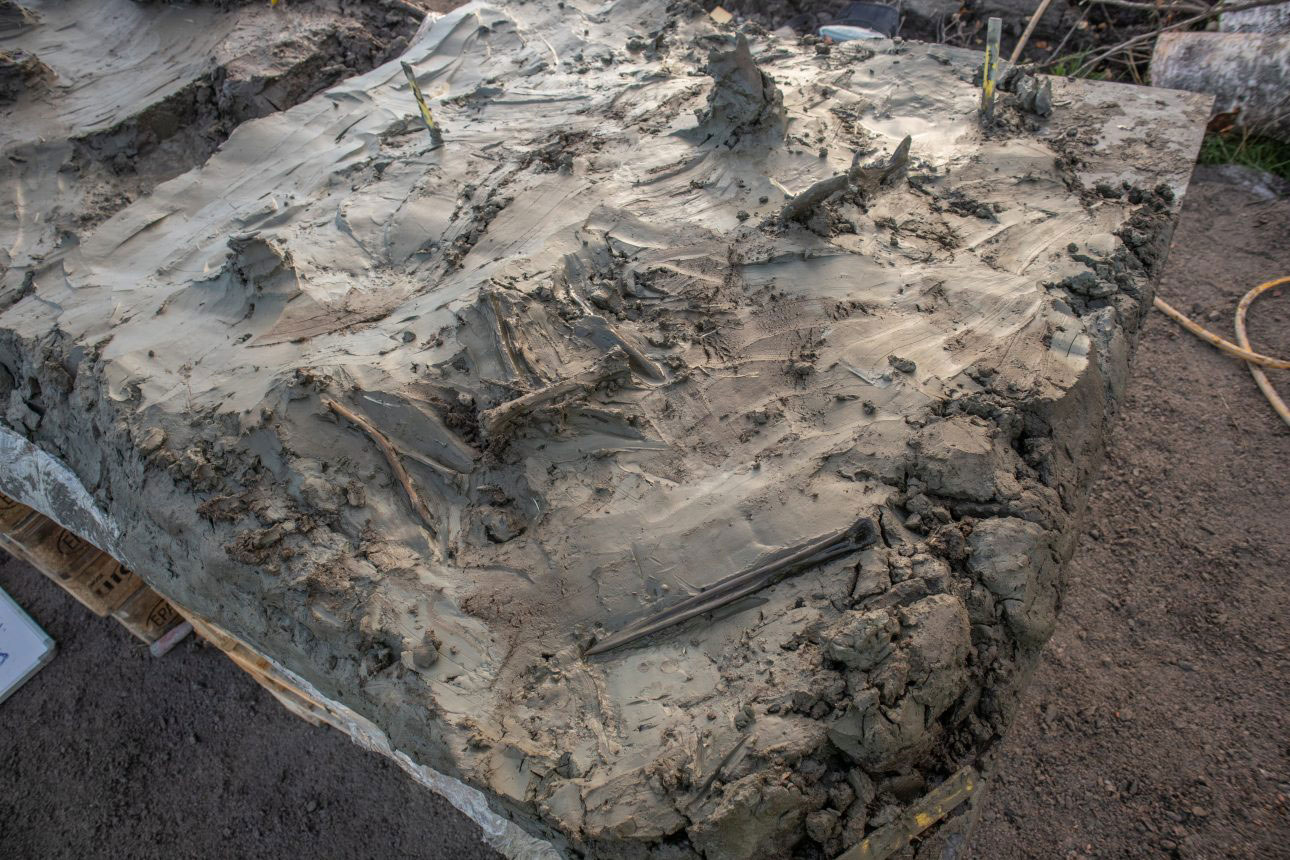 Arkeologerna, Statens Historiska Museer
Arkeologerna, Statens Historiska Museer -
 © Nicolas Minvielle, INRAP
© Nicolas Minvielle, INRAP -

-
 Pitt 2025, © Antiquity Publications Ltd.
Pitt 2025, © Antiquity Publications Ltd. -
News December 16, 2025
Study Suggests Prehistoric Teenager Survived for Several Months After Lion Attack
Read Article Veselin Danov
Veselin Danov
Loading...


